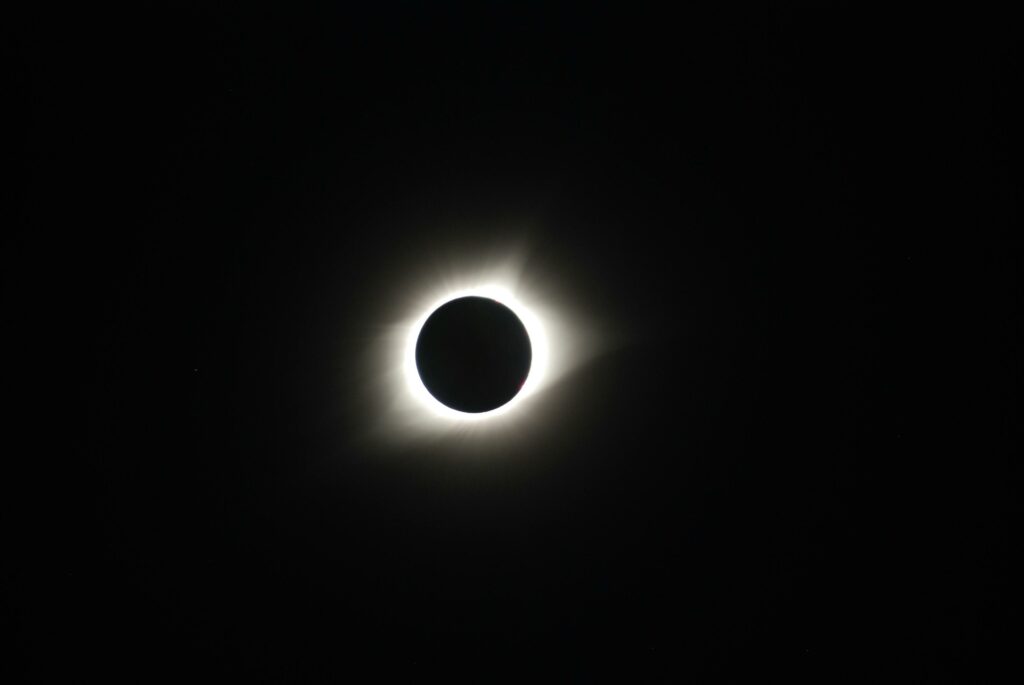The Significance of the Total Solar Eclipse
In the calendar of celestial events, a total solar eclipse stands out as a remarkable phenomenon, captivating observers around the world with its obscuration of the sun by the moon. This particular eclipse carves a path that offers a unique observational experience, merging scientific intrigue with natural beauty.

Solar eclipses occur when the moon positions itself directly between the Earth and the Sun, casting its shadow upon the Earth. The rarity of a total solar eclipse lies in the specific alignment required for the moon to cover almost all the sun. This totality provides a unique daytime darkness that transforms the environment in a way few natural events can.
The viewable path of the eclipse begins in Texas, and runs diagonally through 13 other states. While the path of the eclipse is very long, it is only 115 miles wide, limiting the area that is in totality greatly. Areas that are not in the center of the path will only be able to view a partial solar eclipse, which will have decreased obscuration the further you are from the direct path. In the direct path for totality, the eclipse and daytime darkness can have a duration lasting over 4 minutes, while areas that are out of the direct path will view only a partial eclipse, and for some, only for a few brief moments.
The path of this eclipse traverses areas that have not experienced such an astronomical event in decades. Though the last total solar eclipse took place in 2017, the next total solar eclipse won’t take place until 2026, and totality will only occur in European countries. The next total solar eclipse that will take place in the United States is expected in August 2044, and even then, only a small part of the US will have a view of totality. The following year, 2045, will have a total eclipse with a much broader view for most Americans. The over 20 year gap between total eclipses in the US will truly make this upcoming April 8th eclipse a once in a lifetime experience for many.
It is crucial to discuss the importance of protective eye equipment, specifically under these circumstances. Even during a partial eclipse, the sun’s brightness is diminished, leading many to assume it is safe to observe without protection. The danger lies in the invisible ultraviolet and infrared radiation that can still penetrate the eye, causing severe and permanent damage to the retina. Within the duration of the daytime darkness, your iris will expand, allowing more light into your eyes. This can be dangerous, specifically as the eclipse ends and the sunlight returns to normal.
In essence, the total solar eclipse is not just a testament to the wonders of our solar system.It underscores the beauty of our universe’s predictability, reminding us of the ongoing dance between the celestial bodies that govern our night and day.
Total Solar Eclipse on April 8, 2024: Path Map and Times (timeanddate.com)
What Is a Total Solar Eclipse, and How Long Do They Last? (timeanddate.com)
Total Solar Eclipse on August 22–23, 2044: Path Map and Times (timeanddate.com)
